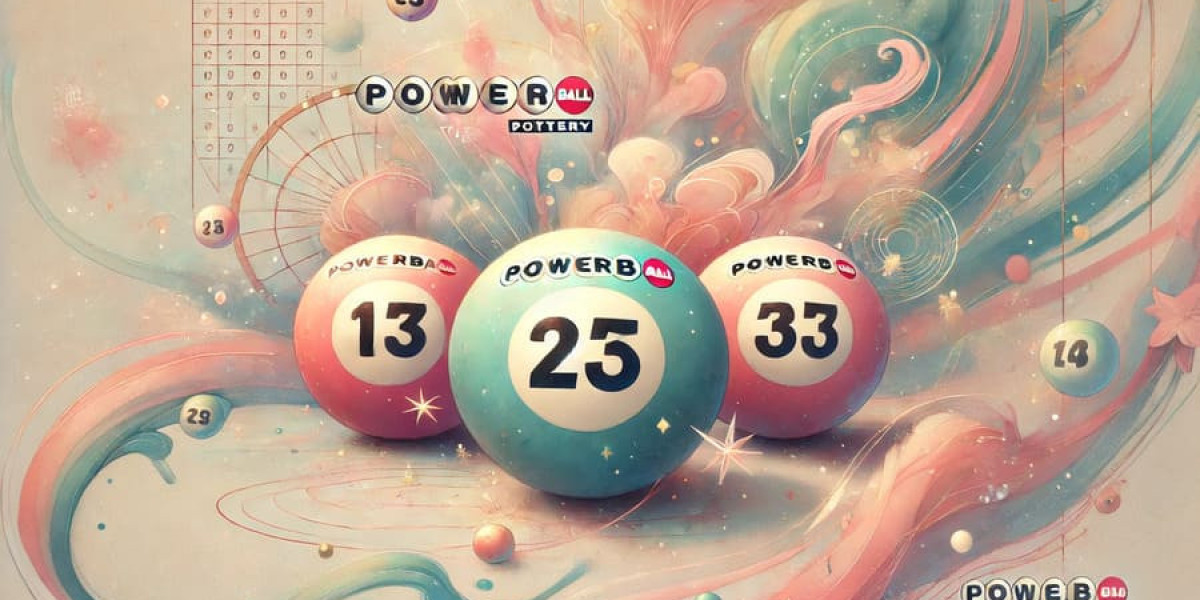Shotcrete is a highly efficient and versatile method of applying concrete using high pressure. It is widely used in mining for tunnel support and in construction for slope stabilization, retaining walls, and structural repairs. This advanced technique offers high strength, durability, and quick application, making it a preferred choice in various industries.
In this blog, we will explore shotcrete concrete in mining and shotcrete in construction, their applications, benefits, and frequently asked questions.
What is Shotcrete?
Shotcrete is a process where concrete or mortar is sprayed onto a surface using a hose and compressed air. It can be applied in two ways:
Dry-Mix Shotcrete – Dry materials are mixed with water at the nozzle before being sprayed onto the surface.
Wet-Mix Shotcrete – Pre-mixed concrete is pumped through a hose and sprayed with compressed air.
? Wet-mix shotcrete is preferred for large-scale projects due to its consistent quality and reduced rebound loss.
Shotcrete in Mining (Shotcrete Mining)
How is Shotcrete Used in Mining?
Shotcrete plays a vital role in underground mining operations by reinforcing tunnels and preventing rockfalls. It acts as a protective layer over the tunnel walls and provides structural integrity in harsh underground conditions.
Applications of Shotcrete in Mining:
✔️ Tunnel & Shaft Reinforcement – Provides support to underground tunnels and mine shafts, preventing collapses. ✔️ Rock & Slope Stabilization – Strengthens weak rock formations and prevents rockfalls. ✔️ Sealing Surfaces – Reduces water seepage and dust, improving tunnel safety. ✔️ Fire Protection – Acts as a fire-resistant coating, reducing the risk of fire-related damage. ✔️ Corrosion Control – Protects steel reinforcement from corrosion due to moisture and chemicals in mines.
Why is Shotcrete Preferred in Mining?
? Fast Application – Can be applied quickly, reducing downtime. ? High Strength & Durability – Withstands extreme underground pressures. ? Cost-Effective – Reduces the need for additional support structures. ? Adaptability – Easily applied to irregular tunnel shapes.
Shotcrete in Construction (Shotcrete Concrete)
How is Shotcrete Used in Construction?
In the construction industry, shotcrete is used for structural support, aesthetic applications, and repair work. It is a cost-effective and reliable alternative to traditional concrete pouring methods.
Applications of Shotcrete in Construction:
? Retaining Walls & Slope Protection – Prevents soil erosion and landslides. ? Bridge & Tunnel Repairs – Restores aging infrastructure with minimal disruption. ? Swimming Pools & Water Features – Provides smooth, durable surfaces for pools. ? Foundation Strengthening – Reinforces weak foundations and walls. ? Decorative Concrete Applications – Used for artificial rock formations, skateparks, and sculptures. ? Seismic Retrofitting – Enhances the strength of buildings to withstand earthquakes.
Why is Shotcrete Used in Construction?
? Eliminates the Need for Formwork – Saves time and materials. ? Improves Structural Integrity – Provides strong and seamless reinforcement. ? Fast & Cost-Effective – Reduces labor costs and speeds up project completion. ? Versatile & Customizable – Can be applied to curved or irregular surfaces.
Key Differences: Shotcrete in Mining vs. Shotcrete in Construction
Feature | Shotcrete in Mining | Shotcrete in Construction |
Primary Purpose | Reinforce tunnels and shafts | Strengthen structures and slopes |
Key Benefit | Prevents rockfalls and collapses | Provides fast and strong construction support |
Common Application | Underground tunnels and mines | Bridges, pools, retaining walls |
Mix Type Used | Mostly wet-mix shotcrete | Both dry-mix & wet-mix |
Durability | Designed to withstand extreme underground conditions | Used for long-term structural integrity |
Advantages of Shotcrete
✅ Rapid Application – Reduces project timelines. ✅ High Strength & Durability – Lasts for decades with proper application. ✅ Flexible & Adaptable – Can be used in various environments. ✅ Cost-Effective – Saves on formwork and labor costs. ✅ Reduced Material Waste – More efficient than traditional concrete pouring. ✅ Improved Safety – Provides enhanced fire resistance and structural stability.
FAQs About Shotcrete
1. What is the difference between shotcrete and regular concrete?
? Shotcrete is sprayed under high pressure, while regular concrete is poured into forms. ? Shotcrete adheres to vertical and overhead surfaces without additional support.
2. Which is better, wet-mix or dry-mix shotcrete?
? Wet-mix shotcrete is preferred for large-scale projects due to its consistent quality and lower rebound loss, while dry-mix shotcrete is ideal for small repairs and applications.
3. How long does shotcrete last?
With proper application and maintenance, shotcrete can last 50+ years.
4. Can shotcrete be used for home projects?
Yes! Shotcrete is commonly used for swimming pools, garden walls, and home foundation reinforcements.
5. Is shotcrete more expensive than traditional concrete?
While shotcrete may have higher initial material costs, it saves labor and formwork costs, making it more cost-effective overall.
6. Does shotcrete crack over time?
Like all concrete, shotcrete can develop cracks, but proper application and curing techniques reduce the risk of cracking.
Final Thoughts: Choosing the Right Shotcrete Application
? For Mining → Shotcrete mining is essential for underground reinforcement, rock stabilization, and worker safety. ? For Construction → Shotcrete is perfect for retaining walls, pools, bridges, and aesthetic applications.
? Choosing between dry-mix and wet-mix shotcrete depends on the project scale and required durability.







